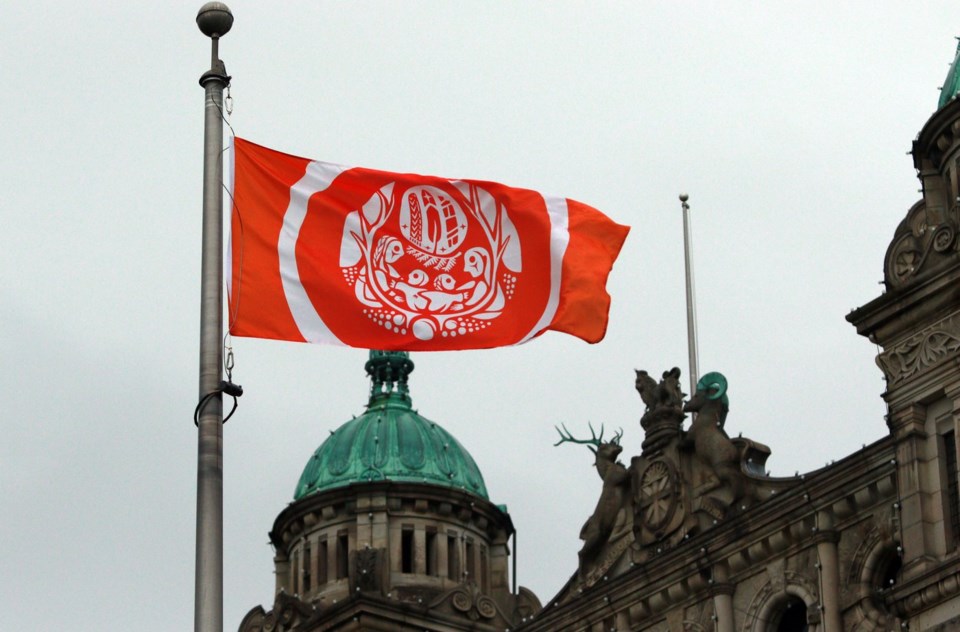SECHELT — A First Nation in British Columbia says 41 "additional unmarked graves" have been found as a result of a search with ground-penetrating radar on the site of a former residential school.
The shishalh First Nation, on B.C.'s Sunshine Coast, said in a release Friday that a team has been scanning the area around St. Augustine’s Residential School site for the last 18 months, at locations identified through interviews with survivors.
It said the discovery brings the number of suspected graves at the site to 81, after initial findings that were announced in 2023.
First Nations communities have tended to use careful language when announcing the findings of such searches, ranging from anomalies and areas of interest to possible graves, but the shishalh statement says graves were "identified by archeologists."
It said children from its community as well as 53 other nations from as far away as Saskatchewan were at the residential school, and it has been working with those communities in the search for possible graves.
The nation previously announced in April 2023 the discovery of what are believed to be 40 unmarked grave sites on and around St. Augustine’s.
This is the latest in a series of statements from a First Nations around the province after the Tk'emlúps te Secwépemc First Nation in Kamloops announced the discovery of more than 200 potential unmarked graves using ground-penetrating radar in May 2021.
Chief Lenora Joe of the shishalh First Nation said in a statement that it is "deeply saddened" by the latest discoveries, but the results of ground-penetrating radar scans aren't surprising.
“We have always believed our elders. This wasn’t a school, it wasn’t a choice, and the children who attended were stolen,” said Joe in the statement. “We didn’t need the (ground-penetrating radar) to prove this happened; we always had enough proof to know.”
The National Centre for Truth and Reconciliation at the University of Manitoba says St. Augustine's, in Sechelt, B.C., operated between 1904 and 1975 under Roman Catholic administration with federal funding from 1905 onward.
The first school building burned down in 1917, and a newer structure was opened in 1922 before being destroyed by another fire in October 1975, just months after it had been closed.
The centre said parents had protested issues ranging from the quality of education to poor diet and harsh discipline at the school in 1923, withdrawing their children from the facility.
Joe said in her statement that survivor accounts reported children allegedly being taken by staff into nearby forests at night and not returning.
“Survivors have carried these horrors, and the disappearances of their siblings, cousins, and peers, in addition to their own experiences,” Joe says.
The shishalh First Nation declined to offer anyone for an interview, saying it wanted space and privacy.
The Indian Residential Schools Resolution Health Support Program has a hotline to help residential school survivors and their relatives suffering with trauma invoked by the recall of past abuse. The number is 1-866-925-4419.
This report by The Canadian Press was first published Aug. 15, 2025.
The Canadian Press




